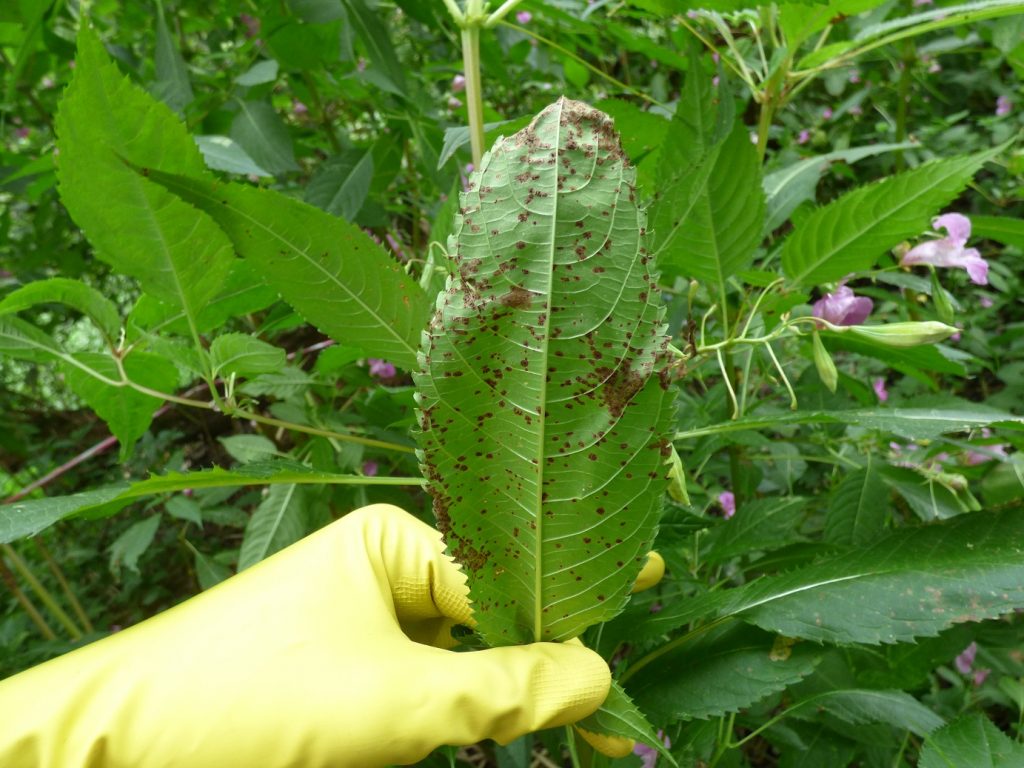With their bright, cheery blooms in shades of pink, red, white, and purple, balsam plants (Impatiens balsamina) are a delightful addition to flower gardens However, these tender annuals sometimes suddenly take a turn for the worse, leaving frustrated gardeners wondering what’s causing their once-thriving balsam plant to die Identifying the culprit behind declining balsams is key to restoring plant health. Let’s explore some of the most common reasons for balsam troubles.
Watering Problems – Too Much or Too Little
Improper watering techniques top the list of issues that can lead to dying balsam plants. These plants need consistently moist, but not soggy soil. Swings between very wet and very dry conditions will quickly stress plants. Watch for these telltale signs of watering problems
- Leaves wilting or curling – can indicate too little water
- Lower leaves yellowing – often a sign of overwatering
- Leaf drop starting from the bottom up – excess moisture
- Soil stays wet for days after watering – poor drainage
When balsam leaves start dropping, it’s time to assess your watering habits. Check soil frequently, water only when the top few inches become dry, and improve drainage if needed. Don’t rely on a set schedule, let the soil be your guide. Proper moisture will revive plants.
Pest Infestations – Aphids, Spider Mites, and More
A variety of sap-sucking insect pests find balsam’s succulent foliage irresistible. Heavy infestations can seriously weaken and even kill plants. Watch for:
- Aphids – Curled, sticky leaves covered in small soft-bodied insects
- Spider Mites – Speckled, bronzed foliage with visible webbing
- Thrips – Silvery spotted leaves and distorted new growth
Catch infestations early and use insecticidal soap or neem oil to control. Remove badly damaged foliage to prevent further spread. Introduce ladybugs and lacewings to provide natural pest control.
Disease Issues – Powdery Mildew, Leaf Spot, and More
Just like pest damage, fungal and bacterial diseases will quickly defoliate susceptible balsam plants. Prevent issues by providing good air circulation and proper cultural care. Watch for these common balsam diseases:
- Powdery Mildew – White powdery coating on leaves and stems
- Leaf Spot – Small brown spots on foliage that spreads rapidly
- Root Rot – Wilting despite adequate water, yellow lower leaves
Improve air flow and avoid wetting foliage when watering to make conditions less favorable for disease development. Remove and destroy affected plant parts. Use organic fungicides for treatment if needed.
Environmental Stressors – Light, Temperature, and More
Even if care basics like water and pest prevention are covered, environmental factors can still impact balsam health. Issues to evaluate include:
- Lighting – Too much hot sun or too little sunlight
- Temperature – Exposure to frost or rapid weather changes
- Humidity – Low humidity causing leaf scorch
- Nutrient Deficiency – Yellow upper leaves indicating nitrogen lack
Monitor conditions around your balsams and make adjustments to create a more favorable environment. Balsams thrive in evenly moist, humus-rich soil and temperatures between 60-80°F. Shelter from wind and provide dappled sun to part shade. Observe plant cues to determine specific needs.
Cultural Missteps – Planting, Pruning, and Potting
Sometimes simple gardening errors like planting at the wrong time, incorrect pruning, or improper repotting can send balsam plants into decline. Watch for issues like:
- Late Planting – Exposure to frost kills new transplants
- Overcrowding – Poor air circulation and competition for light/nutrients
- Aggressive Pruning – Removing too much foliage stresses plants
- Repotting Mistakes – Damaging roots or using unfit potting mixes
Learn the preferred practices for balsam care and avoid rookie mistakes. Give transplants a head start by moving them outdoors after all danger of frost. Space plants adequately and prune lightly. Check potting mixes for proper drainage before use.
When All Else Fails – Time for a Fresh Start
Occasionally despite your best efforts, balsam plants fail to recover and continue to deteriorate. At that point, it’s best to clean up and start fresh. Remove unhealthy plants to prevent disease carryover. Address any underlying cultivation issues before replanting balsams or choosing alternative species better suited to your growing conditions. Don’t let one failure discourage you. Learn, adjust, and try again!
With some attentive troubleshooting and plant detective work, you should be able to determine what’s causing your balsam plants to struggle. Address watering problems, control pests, prevent diseases, tweak environmental conditions, fix cultural mistakes, and start over if needed. Paying close attention to balsam requirements and plant cues will help ensure your success growing these delightful flowers.

Immediate Rescue: Treating Balsam Root Rot
When your Balsams roots are rotting away, its surgery time. Sterilize your pruning shears—disease spreads faster than a rumor in a small town.
- Unearth the plant with care, keeping the healthy roots intact.
- Snip off the mushy, discolored roots; theyre as good as dead.
- Dispose of the infected bits far from your garden—think of it as quarantine.
Reviving the Soil
Overwatering is often the culprit, so lets not drown our sorrows or our Balsams.
- Adjust your watering habits to when the soil feels like a wrung-out sponge, not a soaked one.
- Mix in some gritty friends like perlite or sand to get that soil draining faster than a sink with new pipes.
Remember, its not just about saving your plant; its about setting it up for a comeback.
How to quickly bring a dying Impatiens plant back to life
FAQ
Why is my balsam fir dying?
Does balsam like full sun?
How often do you water balsam?
Why does the balsam plant wilt?

